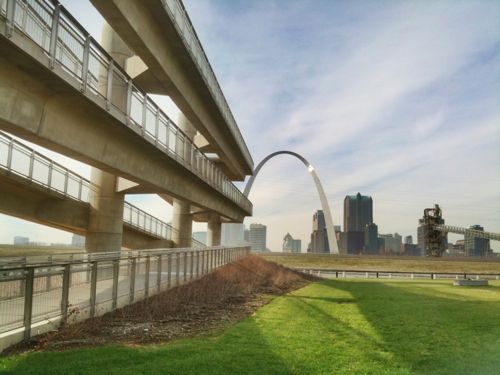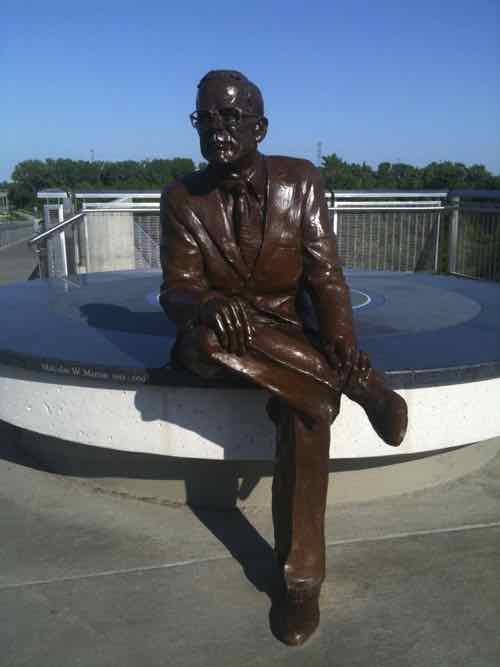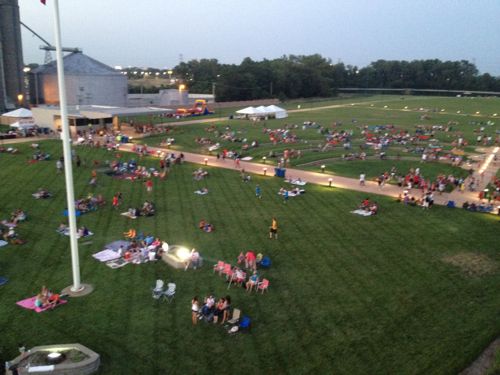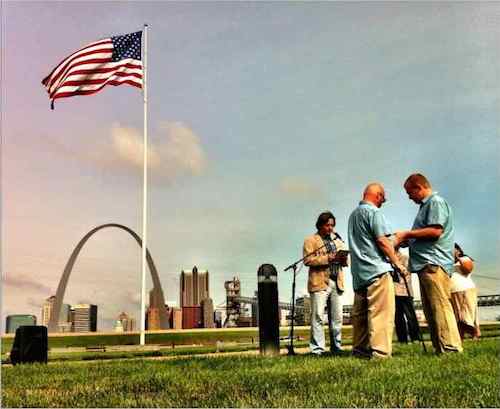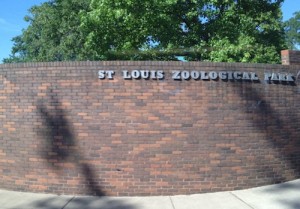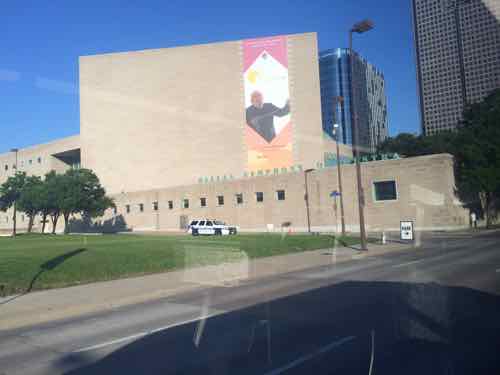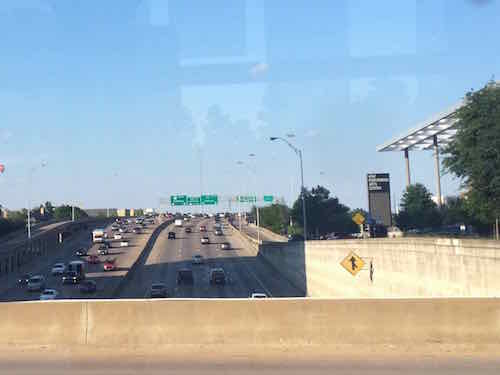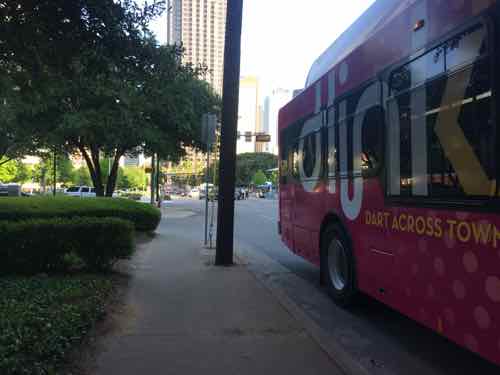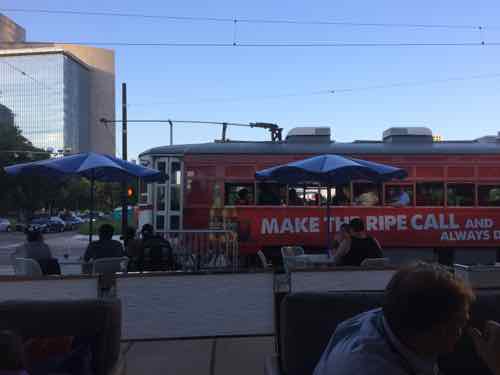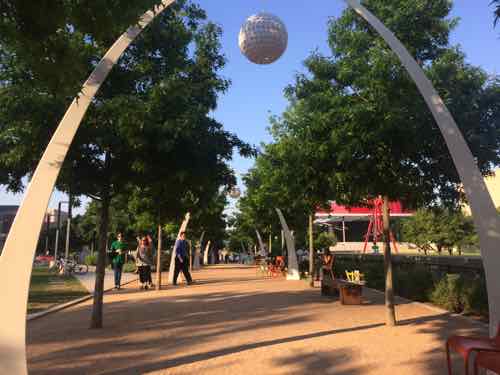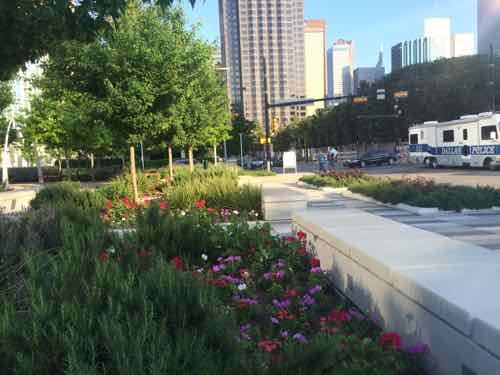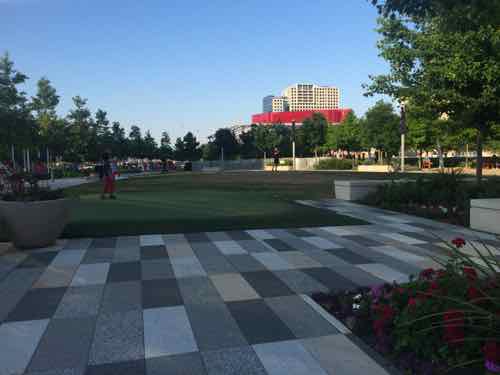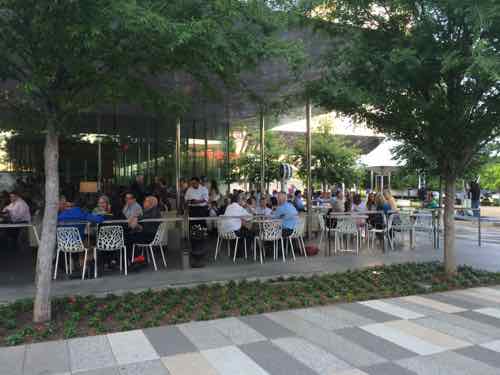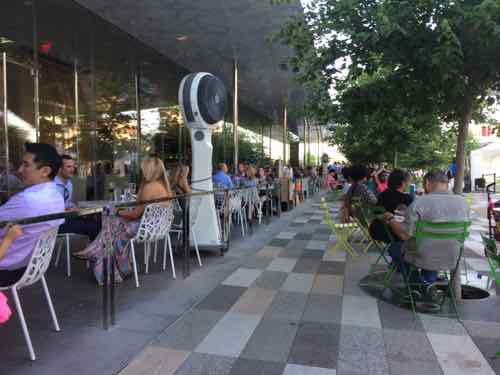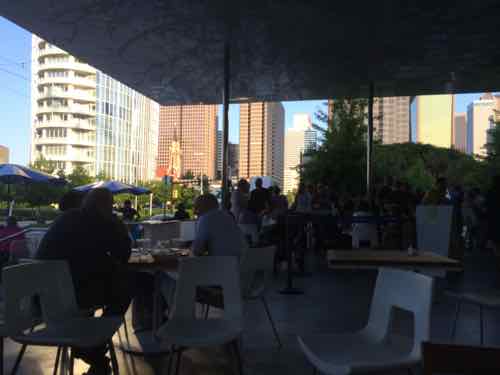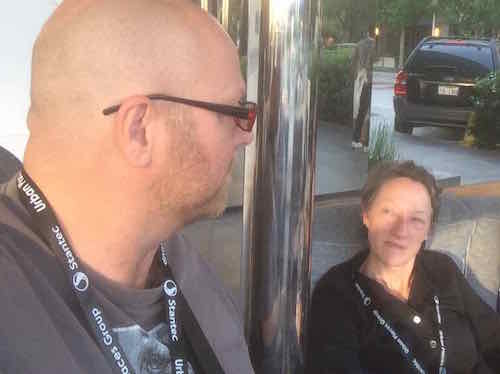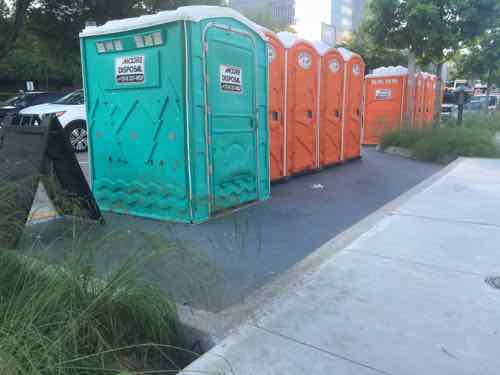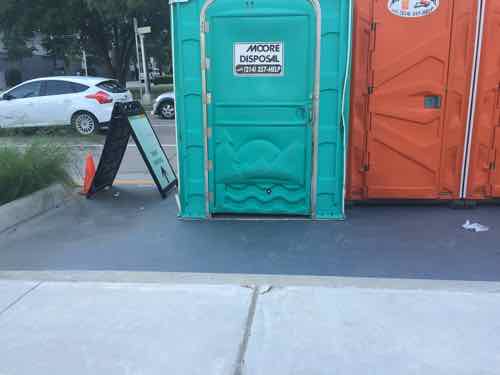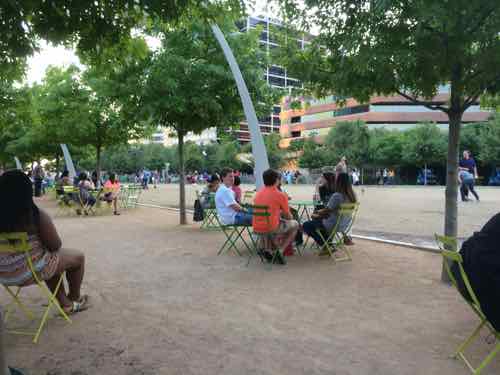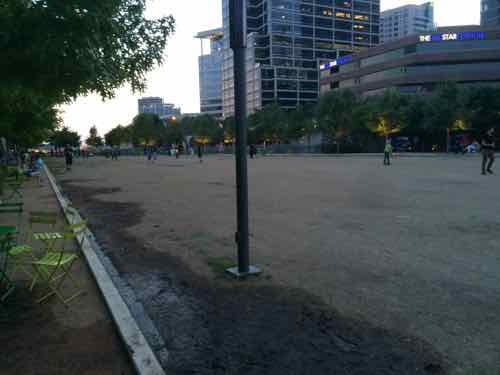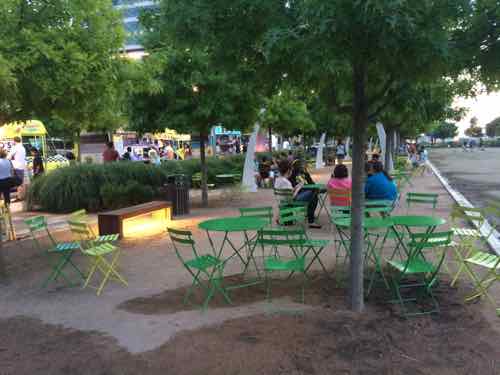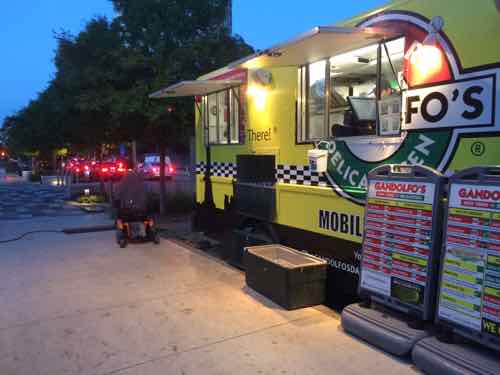Readers: Remove/Change The Confederate Memorial
First, let me apologize for the lack of posts Monday & Tuesday, our new fiber optic internet in our building went out last Saturday night. Our building’s IT provider didn’t get it fixed until after 4pm yesterday.
Sunday the poll software didn’t automatically close the poll at 8pm like I had set it to do. As a result, the poll stayed open until I noticed it Monday morning — closing it via my smartphone. That said, the percentages are roughly the same as they were at 8pm the night before:
Q: What should St. Louis do about the confederate memorial & street name in Forest Park?
- Change the street name & remove the memorial from Forest Park 20 [28.17%]
- TIE: 14 [19.72%]
- Do nothing
- Change the street name & supplement the memorial with additional information
- Change the street name, leave the memorial in Forest Park 11 [15.49%]
- Leave the street name, supplement the memorial with additional information 10 [14.08%]
- TIE: 1 [1.41%]
- Unsure/no answer
- Other: Change the street name and move the memorial History Museum grounds
- Leave the street name, remove the memorial from Forest Park 0 [0%]
The “do nothing” vote was less than 20%, conversely those who wanted change of some type was more than 78%. This is a great opportunity for a public process to brainstorm possible solutions that’ll help us reach a consensus. Last week I visited the confederate memorial to check it out, I’ve lived here almost 25 years and didn’t know about it until recently.
I also asked landscape architect Eären Hummel for her thoughts, which were:
- I think there should be a dialog, rather than a reactionary move. Further, I don’t think the monument should have been placed there to begin with.
- City parks are meant to be places for all people to have a respite away from their busy lives, I think a park is no place for a confederate memorial, especially without the balance of a union memorial. That may sound “politically correct”. A civil rights garden could be created of the area, if the process is inclusive of all the players that civil rights – or lack there of – has affected. Whatever is done, I think it is important that it is not just a bandage, but true dialog.
- As far as I can tell, there is no monument to the Union soldiers in St. Louis, nor a Civil Rights monument/memorial other than the “Naked Truth” sculpture at the Compton water tower. And that is really a monument to 3 German men, and not really for the cause of civil rights. Meaning there is not civil rights memorial significant to African-Americans.
- The lack of other memorials in St. Louis, I think speaks volumes about the attitudes of the people of StL. Reinforcing the notion of white supremacy, everyday racism… It is the ongoing issues that were raised in Ferguson last summer, but have since fallen silent. Personally, I think focusing on removing flags or memorials skirts around the true issues and are only platitudes to quiet the cries of racism.
- One thing that greatly bothers me about the monument, is the statement on it about the “battle to preserve the independence of the states…” The war was fought over slavery, as very clearly stated in the southern states on declarations. It was treason. The statement on the monument is revisionist history of the “lost cause”. That I find offensive and reprehensible. For that alone, I wish the monument was not there as it perpetuates erroneous “history”.
- I would leave the language as is, but definitely have a panel next to it explaining that it is wrong, and why many people wanted to rewrite the history of the war.
- It is a beautifully crafted monument by a notable sculptor.
- I believe a civil rights garden could be sensitively incorporated into the park. There have been numerous additions to the park over the years.
I agree the memorial represents revisionist history and shouldn’t have been built. Let’s take a look…
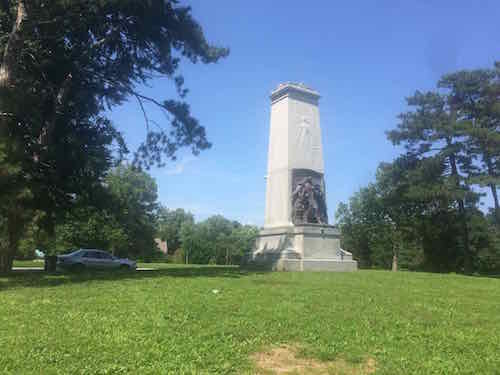
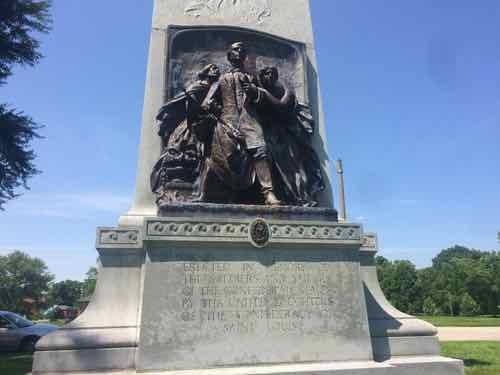
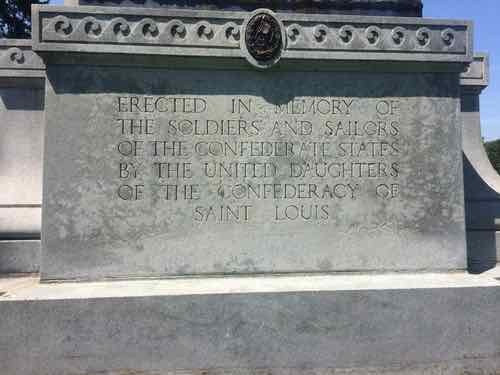
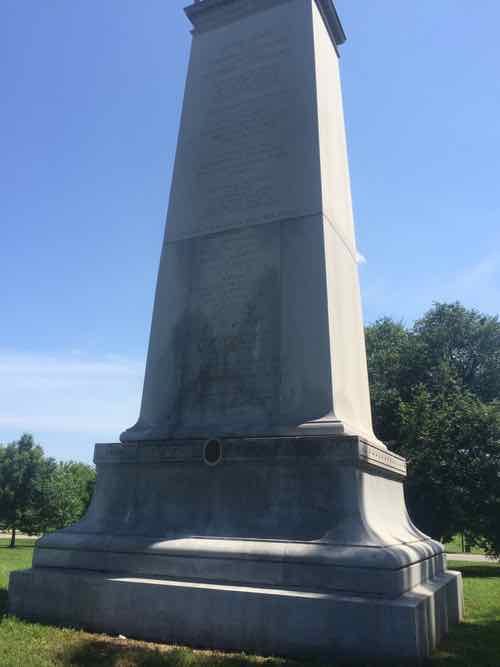
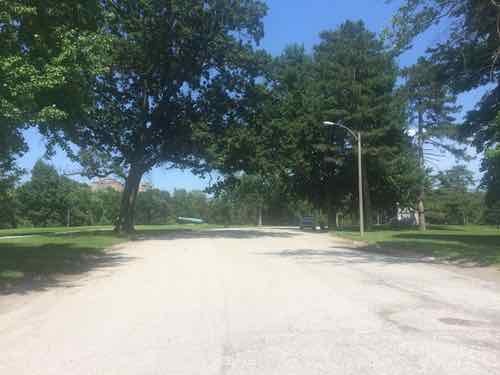
Renaming, or even removing, Confederate Dr is a given — relatively easy. The memorial is a much more complicated issue. The words are offensive, but it is a good reminder of St. Louis’ race problem. I think we should discuss the creation of a civil rights garden that would educate visitors on events from our history, for example:
- 1911: restrictive covenants enacted, see 1948 Shelley v Kraemer Supreme Court decision
- 1917: East St. Louis Race Riot
- 1963: Jefferson Bank sit-in
- 1969: Rent strike
- 1972: Unveiling of the Veiled Prophet
- 2014: Ferguson, court fees, etc
There are many more that could be included in a civil rights garden, these could all be told.
— Steve Patterson

